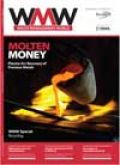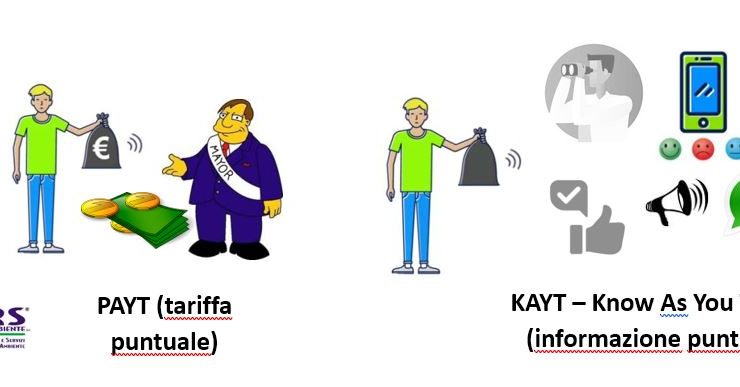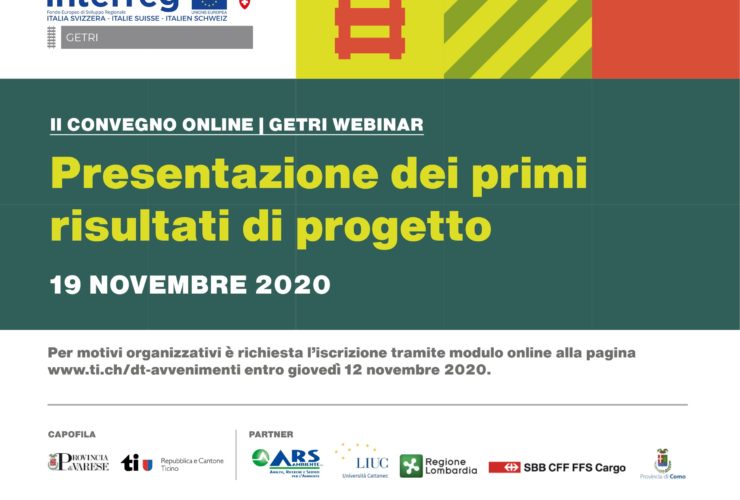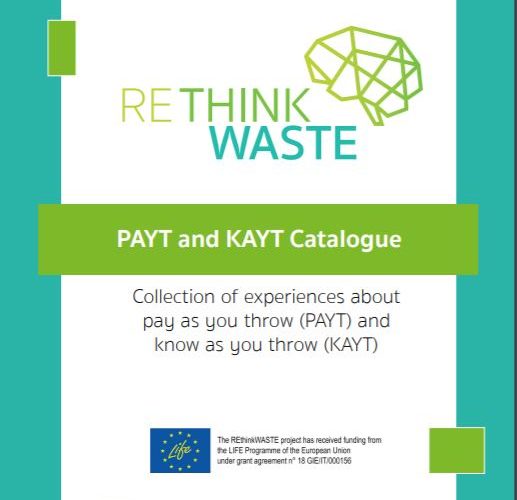Coolsweep Shining a Light on the Global WtE Hotspots
 Approached in the right way, the fast growing field of waste to energy presents opportunities for the development of common resources across borders. The EU funded COOLSWEEP project seeks to
Approached in the right way, the fast growing field of waste to energy presents opportunities for the development of common resources across borders. The EU funded COOLSWEEP project seeks toby Michele Giavini and Giorgio Ghiringhelli
The Coolsweep project, launched in January last year, aims to identify possible synergies and partnerships between public and private stakeholders and knowledge institutions within the field of waste to energy in six different European regions. It is hoped that this will support the development of new businesses based on utilising waste as the feedstock material for efficient sustainable energy production, as well as in a more effective use of the by-products produced by energy generation.
The project is funded by the European Union under the 7th Framework Programme and is being conducted by partners including five established research driven ‘triple helix’ clusters, one cluster under development and a specialist cluster analysis organisation. it is focused on developing transnational cluster cooperation in a new area of smart specialisation.
The first outcome has been a report which is an in-depth look at the current state of play in four waste to energy (WtE) technologies – traditional thermal treatment with energy recovery, Anaerobic Digestion (AD), alternative thermal treatment and landfill gas recovery.

Clusters occur where interconnected businesses and organisations are concentrated in a geographical area and are thus able to cooperate and compete effectively in a given field





